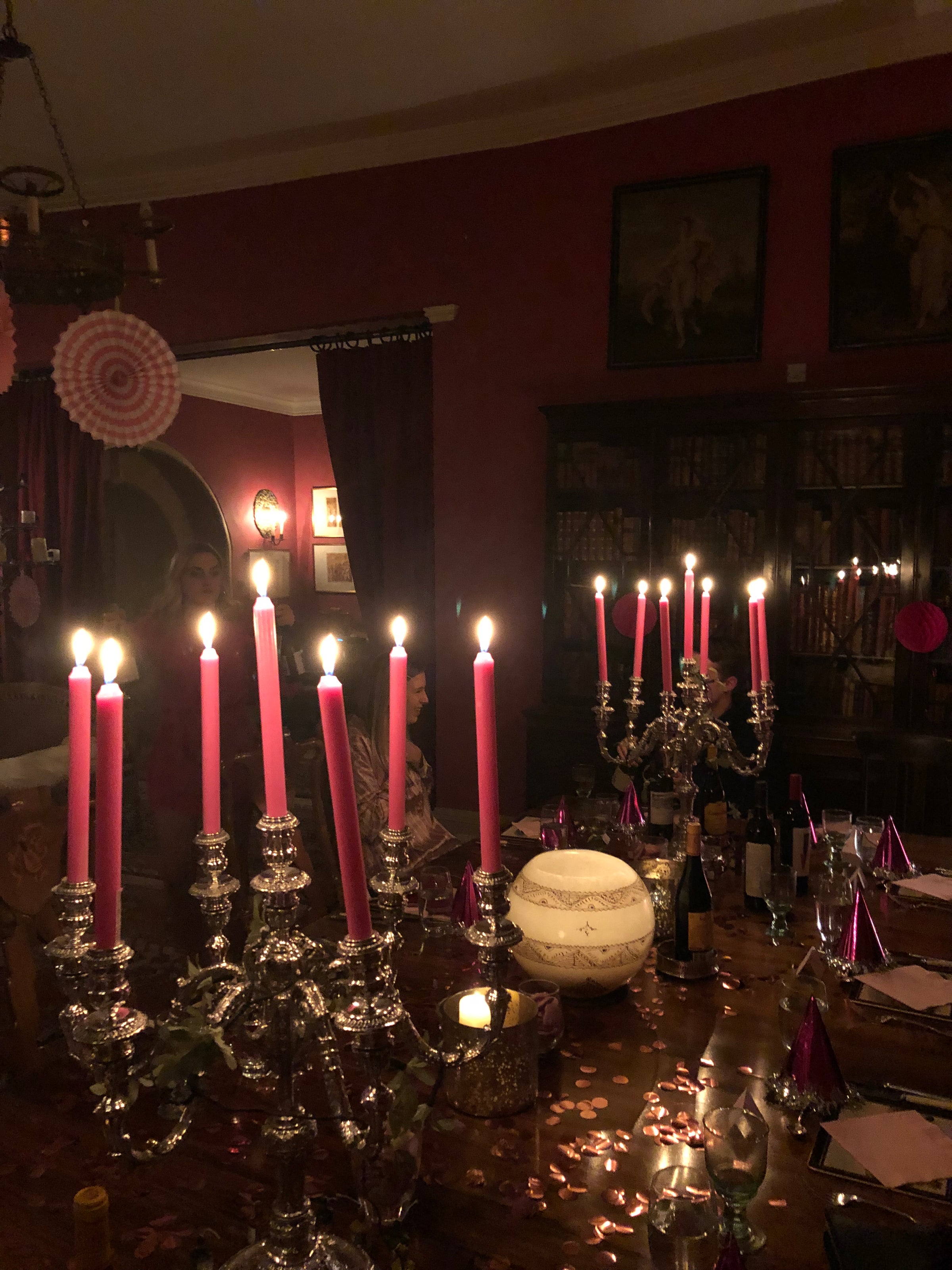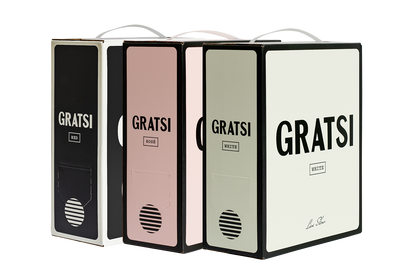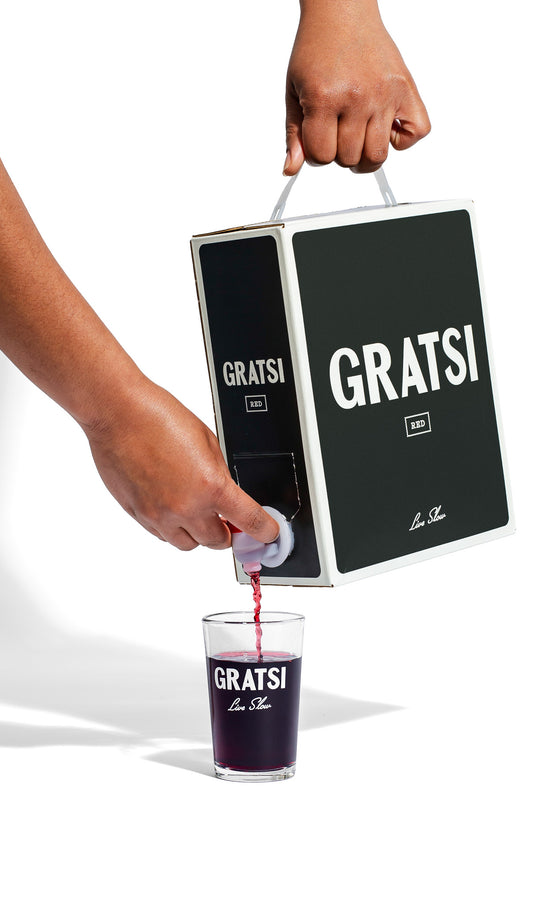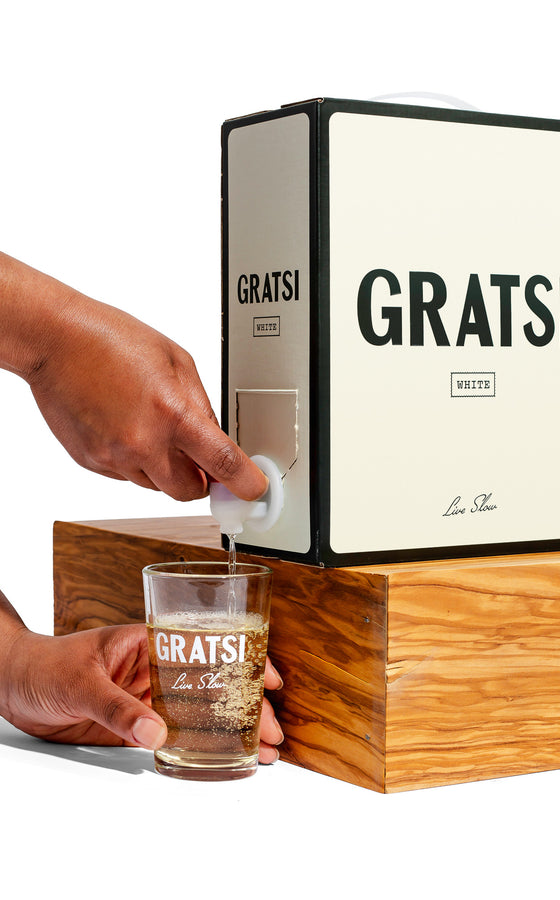New Year's Eve Mediterranean Style
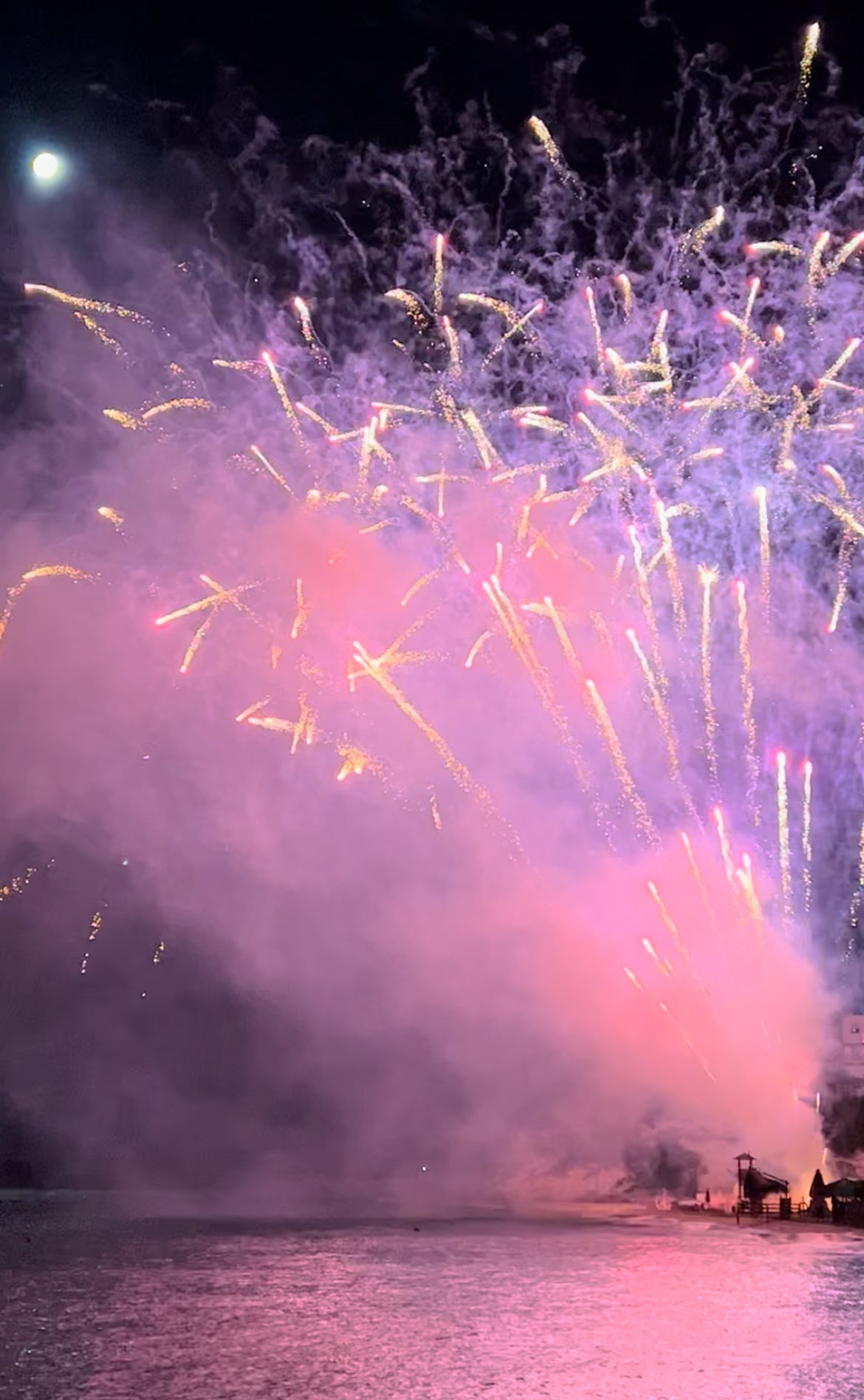
A Blend of Culture, Cuisine, and Celebration
New Year's Eve Mediterranean Style
By Antonia Fest
December 14, 2023
In the blink of an eye, another year has passed us by. It seems like only yesterday that we were making our resolutions for 2023 and solidifying summer plans undoubtedly in Mediterranean lands. Now, with 2024 swooping in, we can start looking ahead to what this next lap around the sun will bring. But before that, it's time to send off the last 365 days with a bang. As you prep for your New Year's parties and look forward to any traditions which you uphold on the final day of the year, why not have a look at how southern Europe celebrates theirs. Whatever your merriments may be perhaps, you’ll find be inspired to add a few more to your list!
ITALY
It is perhaps no wonder that many Italian New Year traditions are centred around the table. On New Year’s Eve, families gather for abundant meals to symbolise their hope for a year of greatness. In some northern regions, rice is commonly served as it represents coins, whilst elsewhere pork, raisins and lentils signify prosperity. As the clock strikes midnight, another tradition is to eat 12 grapes, one for each month of the year, as this is meant to bring a steady stream of luck your way. Beyond what you consume, what you wear is also an important part of the festivities. To ward off negativity and to welcome luck in love, Italians will wear red undergarments during the New Year celebrations. Finally, as with many other countries, fireworks are blasted across the country at the strike of midnight. If you are celebrating in one of Italy’s major cities, you will see their iconic landmarks flashing with colour as the fireworks display themselves in the skies above!
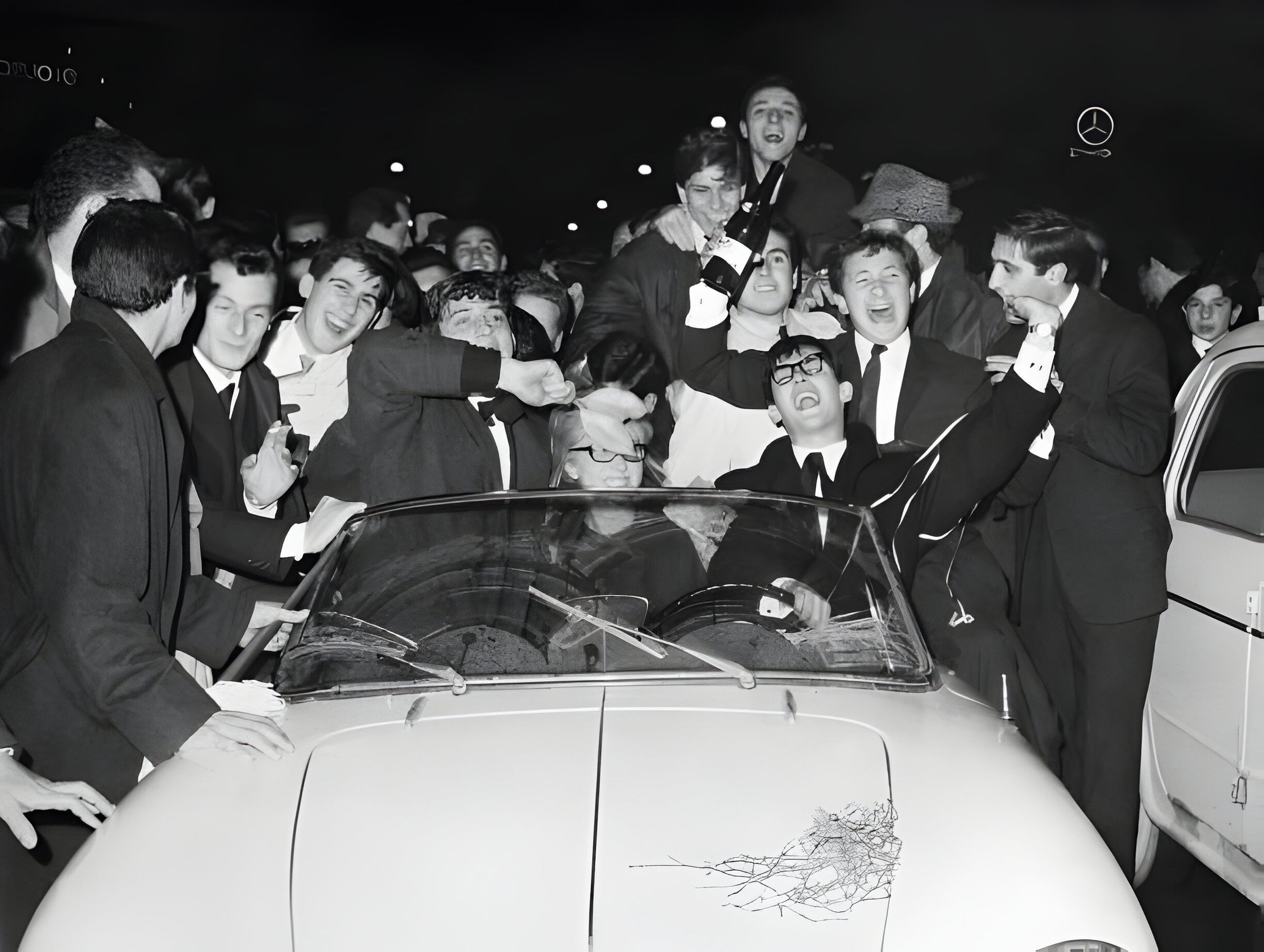
SPAIN
In Spain, the countdown to the New Year often involves families bustling out into main plazas to celebrate together under the town clock. As with Italy, they will likely be carrying 12 grapes with them which they will try to eat in time to the countdown. If they succeed, they will be granted luck all year round. For those wanting something a little stronger at the midnight hour, it is common to drink cava with a golden object dropped into the glass. This should usher in future prosperity. Others will take the time to manifest their dreams by writing them on a piece of paper and burning them in a saucepan to guarantee they will come true. Finally, to start the new year off on the right foot, the Spanish believe that when the clock strikes 12, you must literally step into the 1st January with your right foot rather than your left!

GREECE
In the Greek Orthodox religion, children open their presents on 1st of January rather than on the 24th or 25th of December. This celebrates St Basil’ s Day, one of the country’s most important saints. As gifts are unwrapped, vasilopita (Basil’s bread) is traditionally served. It is a sweet cake which is usually cut within the first minutes of the New Year and is considered a very important tradition among religious and secular households. Usually, a small trinket is baked into the cake and whoever receives the slice which contains it, is particularly blessed with luck throughout the year. Beyond the sweet treats, some less aromatic rituals are also performed. After the church service on the 1st of January, homeowners will hang a garland of onions outside their doors. They are known to have symbolised prosperity and fertility since ancient times, and so the tradition stands strong. As a time of togetherness, unifying games are played over New Year – card games are one of the most popular!
They are played throughout the celebrations, which also include midnight fireworks displays, pomegranate smashing, and plenty of hearty Greek food!
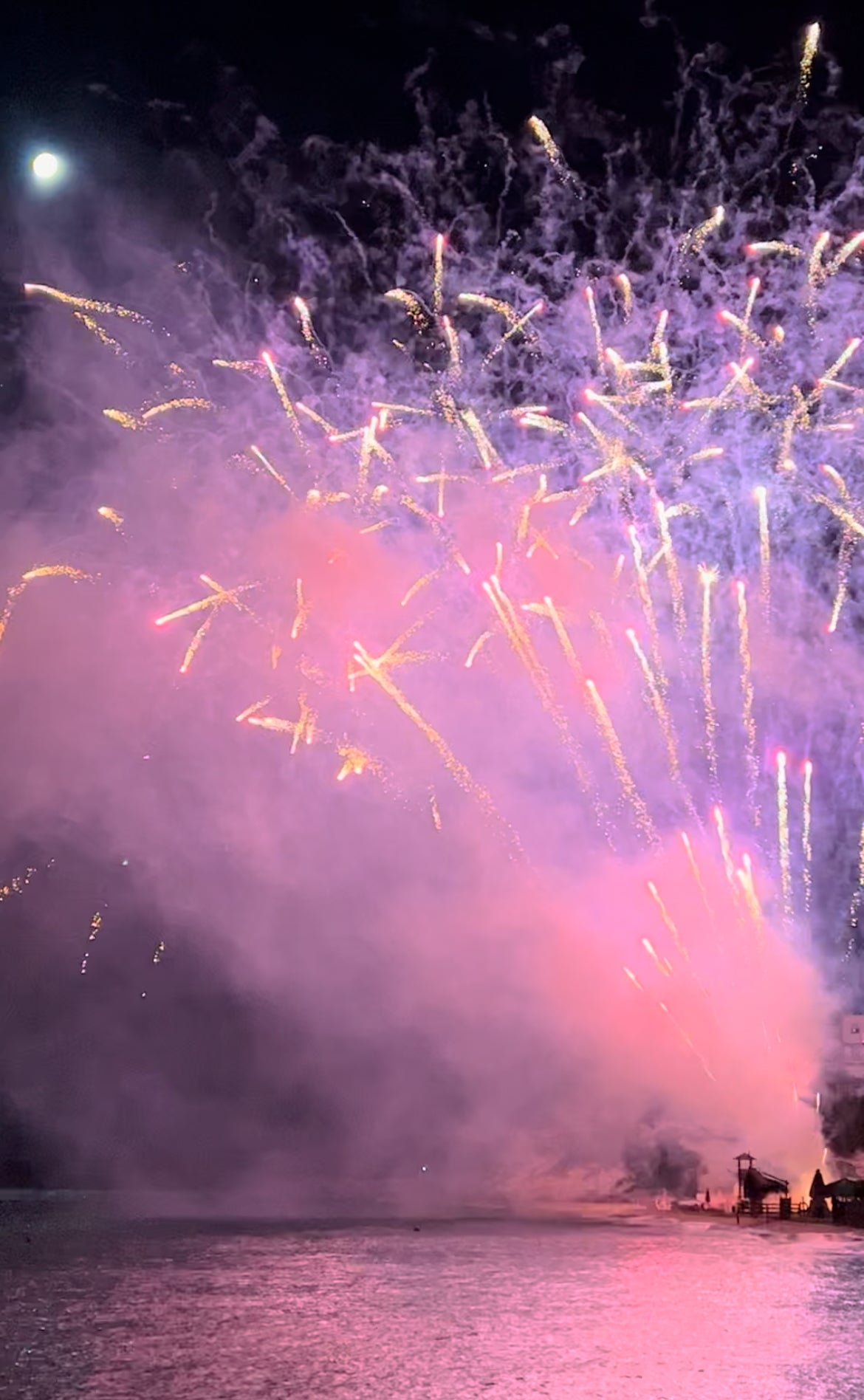
FRANCE
A New Year’s kiss is not unique to France however, the French like their midnight moment under the mistletoe. In many cultures, this is a Christmas tradition but in France, the hanging bushels are more important on 31st of December. Known as Saint-Sylvestre, New Year’s Eve in France typically involves a feast with one’s nearest and dearest. This ‘reveillon’ is just as important as the Christmas banquet and many of the country’s finest delicacies are served. Tables are filled with foie gras, champagne, goose, oysters, cheese and much much more! As the clock strikes twelve, towns erupt with fireworks displays and more champagne bottles are popped; the night has only just begun! On New Year’s Day, those who aren’t nursing a large hangover will head into town to watch the parades, a common tradition all across towns and cities in France. In Paris, this is a huge event involving performers, dancers and singers who stream through all the districts until they reach the Eiffel Tower.


PORTUGAL
As with the other Mediterranean lands, Portugal also welcomes the new year with rituals that aim to bring luck and prosperity. Having cash in your pockets at the stroke of midnight supposedly ensures prosperity in the year to come. In the same vein, many will eat a piece of chocolate to symbolise future wealth or flip a coin whilst hopping on their right foot. Not dissimilar to Italy and Spain, in Portugal 12 raisins will be consumed at the countdown with the same aim of bringing good fortune throughout every month of the coming year. These must be eaten one by one for the spell to work! Then, in the first minutes of the 1st of January, it is customary to bang on pots and pans out of one’s window to ward off any evil spirits from the previous year who are not allowed to enter the new one. Finally, not for the faint-hearted, on New Year’s Day many will run into the sea for the first swim of the year. Despite being in the southern Med, a January dip is a chilly affair and will certainly cure any hangover from the night before!
